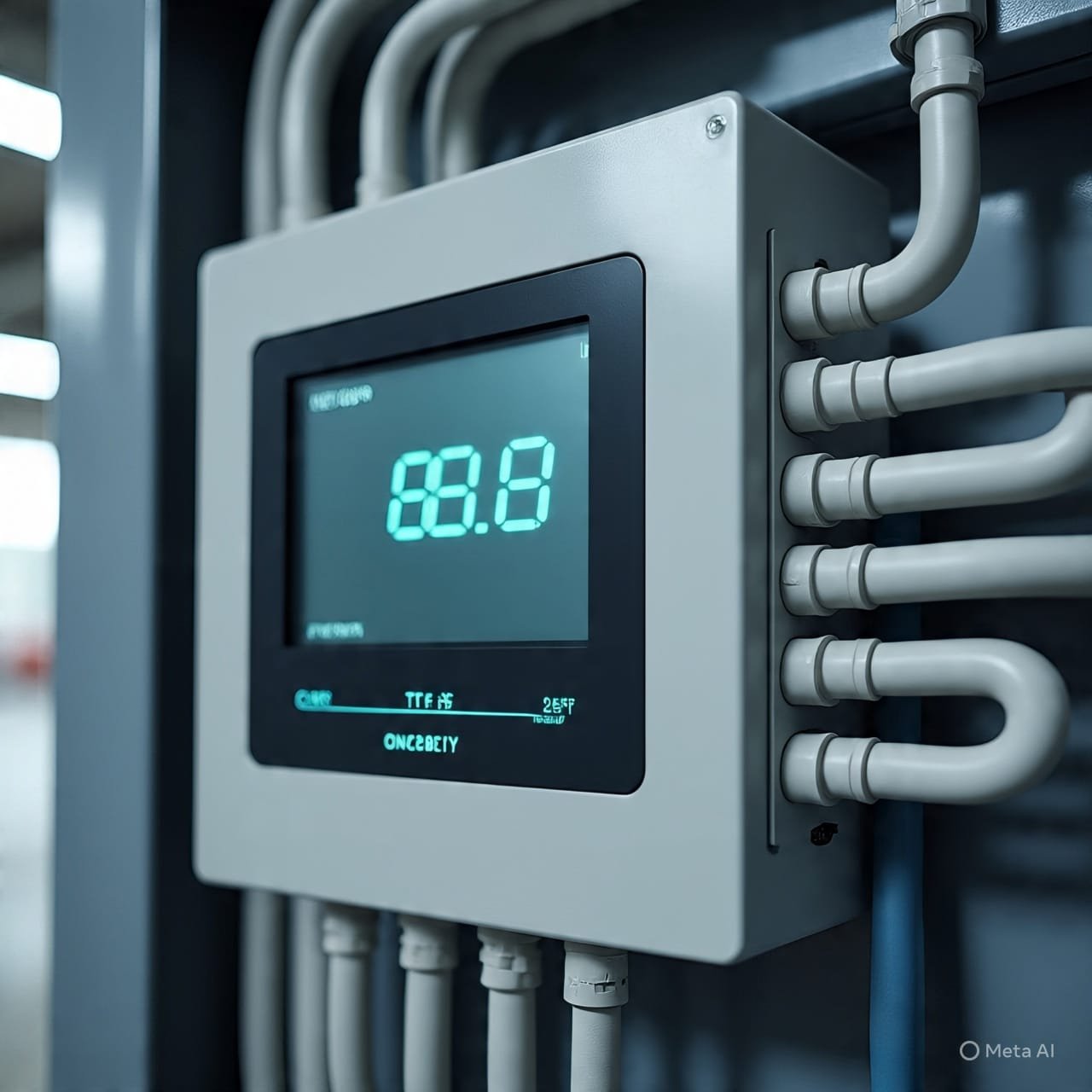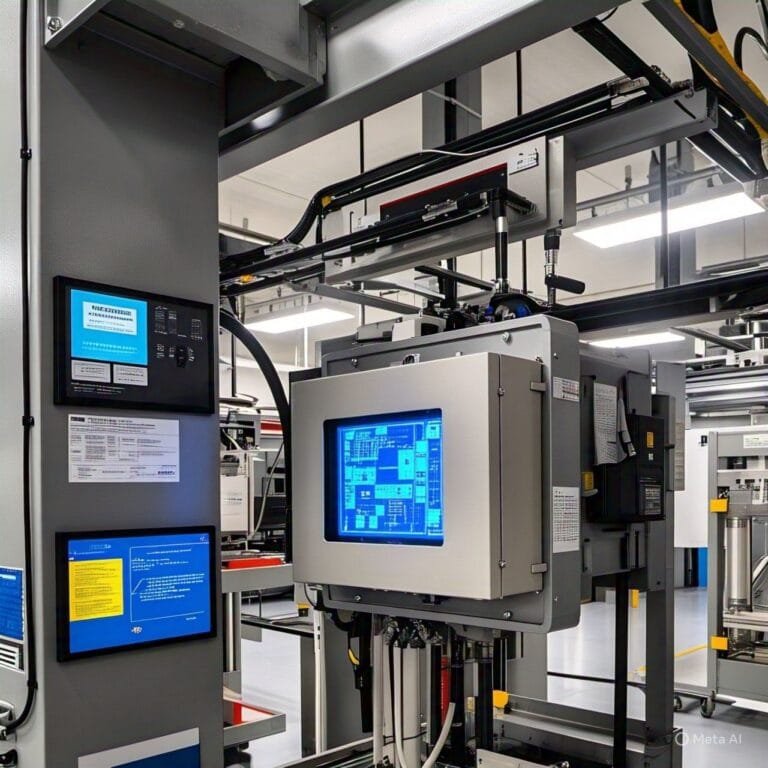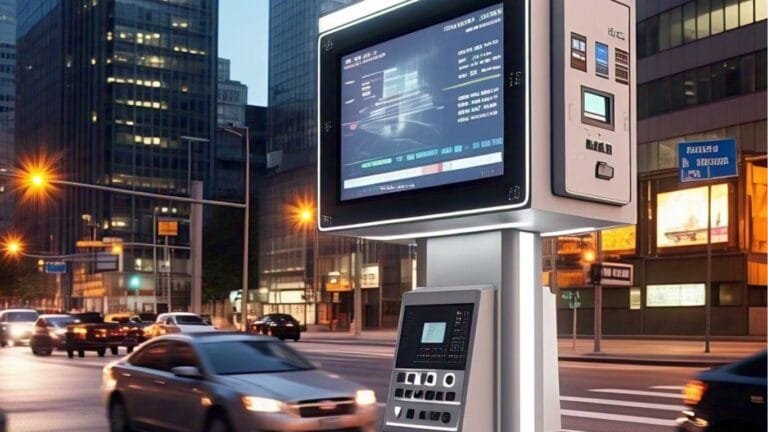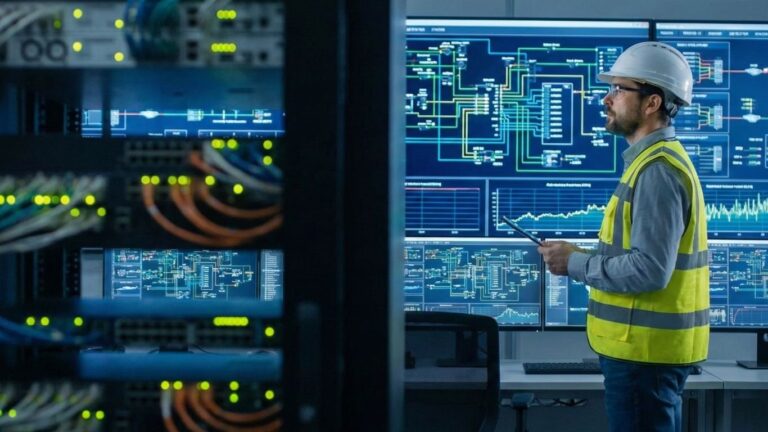The Role of Digital Power Meters in Modern Electrical Systems
In today’s evolving electrical infrastructure, precision, monitoring, and control are key factors for efficient energy management. Digital power meters have emerged as essential components in this landscape, providing detailed and real-time data that helps optimize energy usage, ensure safety, and support sustainable operations. Devices such as the METSEPM5330 and METSEPM8210 represent modern advancements in digital metering, offering a wide range of features that enhance both commercial and industrial electrical systems.
Understanding Digital Power Meters
What Are Digital Power Meters?
Digital power meters are electronic devices that measure electrical parameters such as voltage, current, power factor, frequency, active/reactive power, and energy consumption. Unlike traditional analog meters, digital meters provide precise readings, advanced diagnostics, and integration with software platforms for remote monitoring and analytics.
How Do They Work?
These meters collect data from the electrical circuits they are connected to. The data is processed internally and displayed on a digital interface. Some advanced models, like the METSEPM5330 and METSEPM8210, offer communication features such as Modbus, Ethernet, or BACnet, allowing them to share data with building management systems or energy monitoring software.
Key Functions of Digital Power Meters in Electrical Systems
Accurate Energy Measurement
One of the primary roles of digital power meters is to accurately measure energy consumption. This data is crucial for:
-
Identifying energy usage patterns
-
Preventing energy wastage
-
Planning energy budgets
-
Complying with energy standards
The METSEPM5330, for instance, provides Class 0.5S accuracy for active energy measurement, which ensures reliability in critical billing or cost allocation applications.
Real-Time Monitoring and Diagnostics
Digital meters enable real-time monitoring of electrical parameters, allowing facility managers to identify and respond to irregularities immediately. For example, if voltage fluctuations occur, the system can alert technicians before damage happens to equipment.
The METSEPM8210 enhances this capability with advanced power quality analysis, enabling detection of harmonics, voltage sags/swells, and transient disturbances.
Load Profiling and Demand Management
Digital meters collect data that helps in understanding load profiles — how energy is consumed over time. This aids in:
-
Peak demand analysis
-
Load balancing
-
Equipment scheduling
This can lead to significant cost savings, especially in industrial settings where demand charges can be high.
Benefits of Using Digital Power Meters Like METSEPM5330 and METSEPM8210
METSEPM5330: Precision for Power Monitoring Applications
The METSEPM5330 is designed for panel board mounting and offers a compact solution for energy monitoring and network analysis. Some of its standout features include:
-
Multi-measurement capabilities: measures energy, voltage, current, frequency, and harmonics.
-
RS-485 Modbus communication for integration with energy management systems.
-
Configurable alarms for system protection.
This meter is ideal for facility managers looking to improve energy efficiency and ensure compliance with energy standards.
METSEPM8210: Advanced Power Quality Monitoring
The METSEPM8210 is more advanced and suitable for critical power applications. It includes:
-
High-speed waveform capture
-
Disturbance detection
-
Extensive memory for data logging
-
Multiple communication protocols (Modbus TCP/IP, BACnet/IP, and SNMP)
Such features make it perfect for data centers, hospitals, or industrial plants where power quality and reliability are mission-critical.
Integration with Smart Energy Systems
Compatibility with Energy Management Platforms
Both the METSEPM5330 and METSEPM8210 support connectivity with modern energy monitoring platforms. This enables remote access, automated reporting, and historical data analysis. Managers can access dashboards that display real-time and historical consumption data, which is critical for optimizing energy performance and supporting sustainability goals.
Supporting Sustainable Operations
Digital meters support green energy initiatives by:
-
Tracking renewable energy production
-
Monitoring energy efficiency projects
-
Verifying carbon savings
As organizations strive toward net-zero emissions, tools like these become indispensable for data-driven sustainability strategies.
Applications Across Different Sectors
Industrial Facilities
Digital meters help manufacturers monitor the health and performance of electrical systems, avoid downtime, and optimize production energy costs.
Commercial Buildings
In office towers, malls, and residential complexes, meters like the METSEPM5330 help allocate energy costs to tenants and monitor HVAC and lighting systems efficiently.
Utilities and Infrastructure
Utilities use digital meters for grid monitoring, load forecasting, and improving demand-side management.
Enhancing Safety and Compliance
Digital meters contribute to safer electrical environments by:
-
Monitoring overload conditions
-
Alerting on abnormal voltage or current levels
-
Detecting phase imbalance or poor power factor
They also help organizations comply with local and international electrical codes and standards through accurate record-keeping and reporting.
The Future of Digital Power Metering
As the world embraces smart grids, electric vehicles, and decentralized power generation, digital meters will continue to evolve. Integration with artificial intelligence, IoT, and cloud platforms will expand their capabilities further.
Devices like the METSEPM8210 are already paving the way by offering deep insights into power quality, predictive maintenance, and system reliability. These meters are not just tools—they are integral components of intelligent power infrastructure.
Conclusion
Digital power meters are the backbone of modern electrical systems. They provide the precision, transparency, and control needed for energy optimization and reliability. Solutions like the METSEPM5330 and METSEPM8210 exemplify the technological advances that are transforming the way we manage electricity. Whether in industrial plants, commercial facilities, or smart buildings, digital metering empowers users to make informed decisions that improve performance, reduce costs, and support sustainability.
By investing in such innovative tools, organizations not only ensure operational excellence but also position themselves for a smarter, cleaner energy future.






